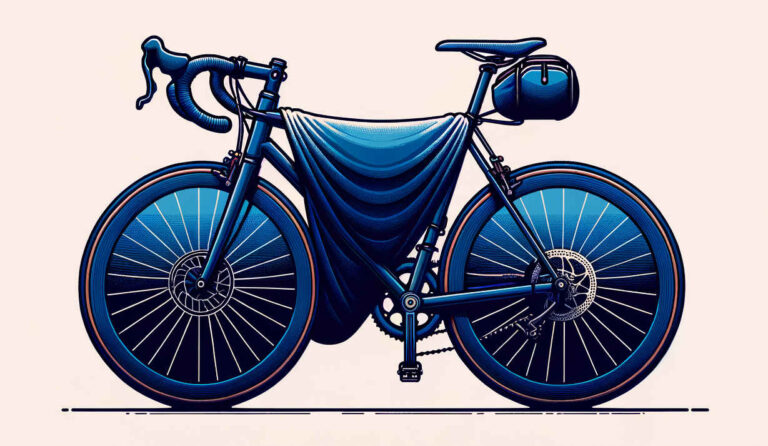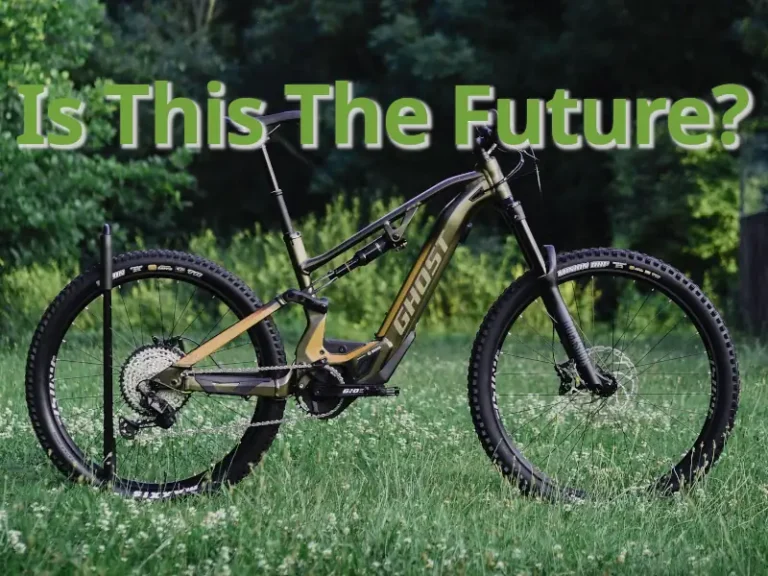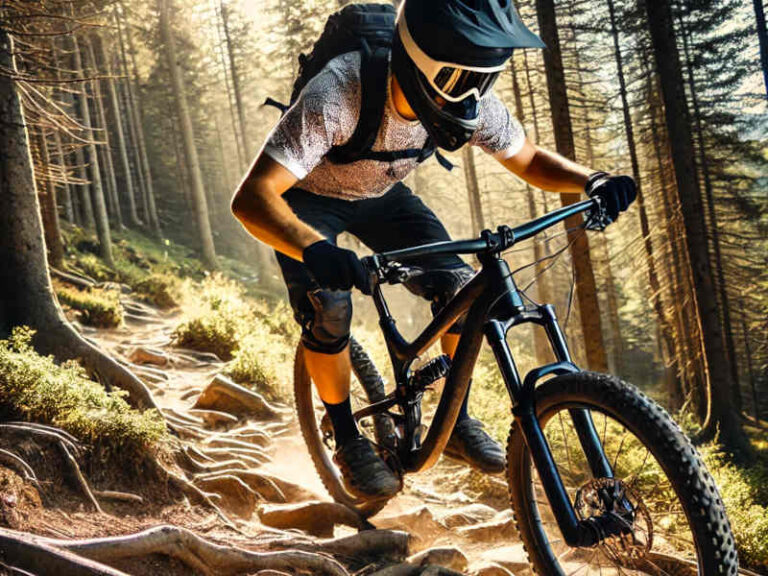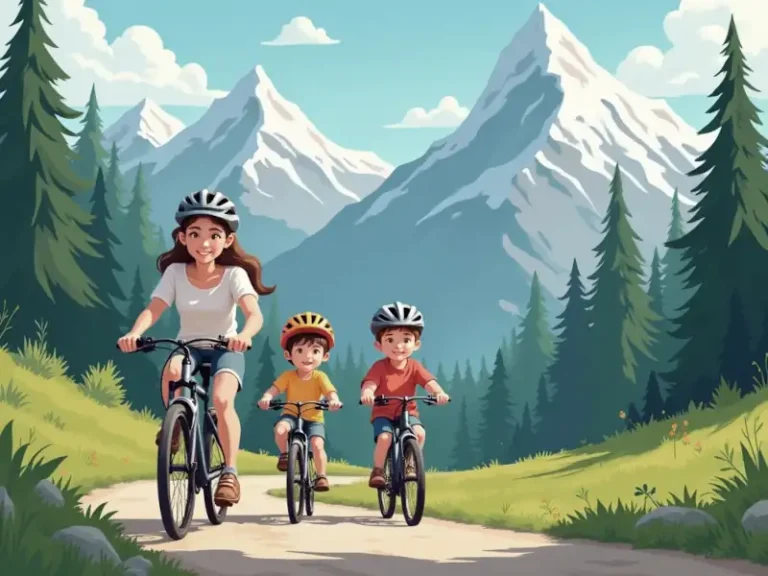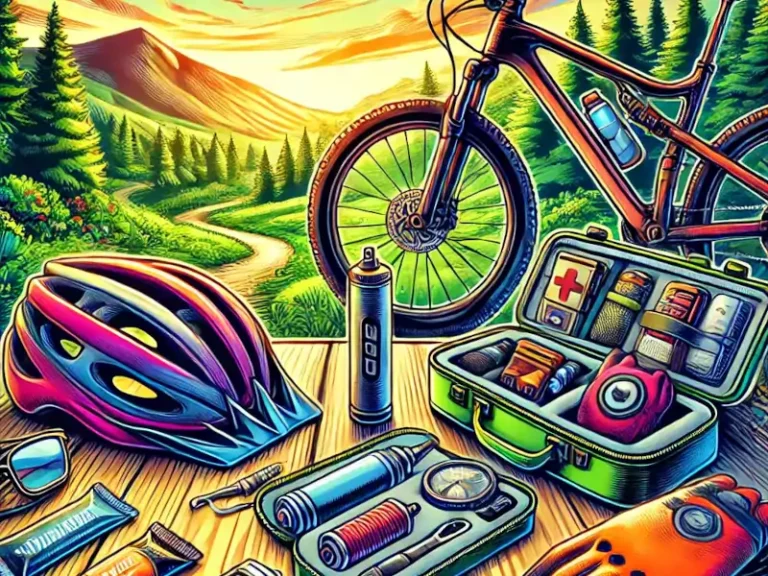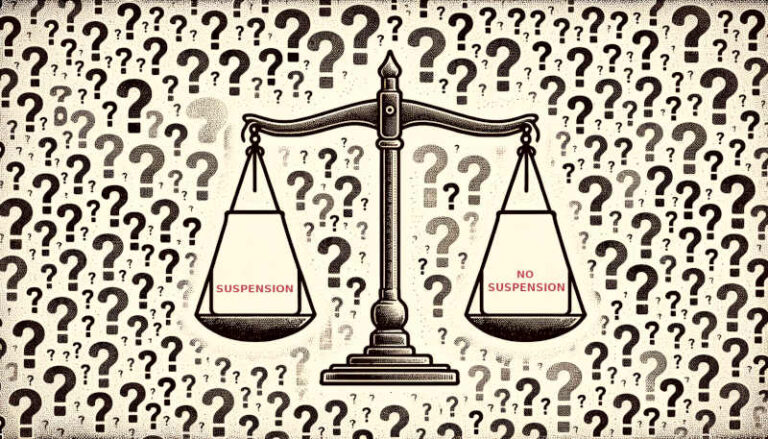Front-Load vs Rear-Load Family eBikes: A Guide to Help you Choose
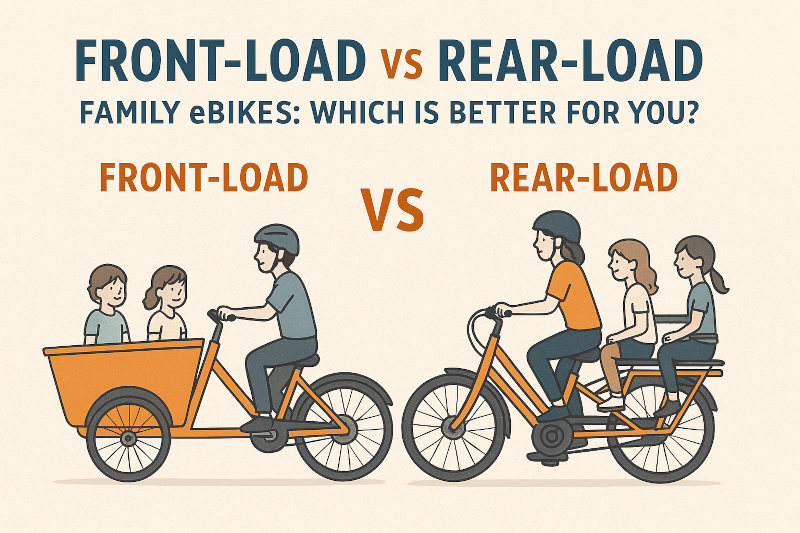
Family cargo eBikes are changing the way people get around with kids, pets, and groceries. They’re fun to ride, easy to love, and built to carry what matters most. But if you’re thinking of getting one, you’ll need to choose: front-load or rear-load?
Each style has its fans. Some parents swear by the boxy front-load bikes, where kids sit up front like VIP passengers. Others prefer the sleek, rear-load models that ride more like a traditional bike with an extra-long caboose.
This guide breaks down the key differences between front-load and rear-load family eBikes. You’ll learn how each one handles, what they can carry, and which might fit your lifestyle better. No fluff, just facts—with a bit of humor rolled in like a kid’s snack pack.
By the end, you’ll have a clearer picture of which cargo eBike suits your family’s needs. Let’s roll.
Front-Load eBikes (Bakfiets or Box Bikes)
Front-load eBikes have a large cargo box between the handlebars and the front wheel. You ride behind the box, and your kids, pets, or gear ride up front—like royalty in a chariot. Some models have two wheels, while others have three for added stability.
These bikes use a long handlebar connected to the front wheel through a steering rod. It may look unusual at first, but most people adjust quickly. Think of it like learning to carry a tray of snacks without dropping them—tricky at first, but totally worth it.
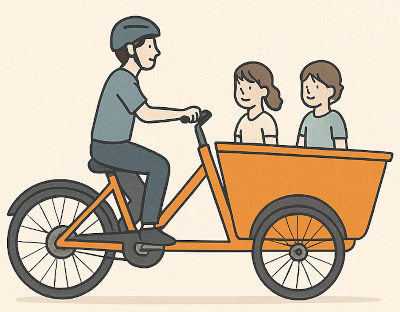
Front-load (also called front carrier or front box) ebikes usually have lower step-through frames, making them easy to mount. The box often includes seatbelts, cushions, and a rain cover, which makes it a cozy space for passengers. Some even fit up to four small children.
This style works well in cities or neighborhoods with flat terrain. If your daily route has steep hills or tight turns, though, you may want to keep reading—rear-load bikes might handle those better.
Rear-Load eBikes (Longtails)

Rear-load eBikes, often called longtails, have an extended rear rack built to carry kids, cargo, or both. You ride like you would on a regular bike, but with a longer wheelbase and a whole lot more muscle.
Kids ride on the back, either on a padded bench or in child seats. You stay up front, pedaling and steering, while they giggle, snack, and occasionally shout “go faster!” into the wind.
Longtails handle more like a standard bicycle. They are narrower than front-load bikes and usually easier to maneuver through traffic or tight spaces. Many fit on standard bike racks or in bike storage rooms, which helps in cities or small garages.
These bikes often carry two kids, sometimes three with accessories. You can also strap on panniers, grocery bags, or even a dog carrier. Some models fold or stand upright for easy storage, which is great if your space is more “cozy apartment” than “bike barn.”
Rear-load eBikes work well for hilly routes and longer distances. The motor and battery do the heavy lifting, so you don’t need Tour de France legs to get up a steep hill with two kids and a full grocery load.
Key Comparison Factors
Choosing between a front-load and rear-load family eBike depends on how you ride, what you carry, and where you store the bike.
Here’s how they stack up across the things that matter most:
Kid Comfort and Visibility
Front-load: Kids ride up front, where they can see the world and chat with you face to face. The box often has padded seats, harnesses, and weather covers. It feels like a rolling playpen—minus the mess of toys.
Rear-load: Kids sit behind you, either in seats or on a padded bench. They get a good view of your back, but less wind in their faces. Talking to them means using your outside voice or riding a little slower.
Handling and Maneuverability
Front-load: These bikes can feel bulky at first. The steering uses a linkage system, so turns are wider and slower. Once you get used to it, the ride feels smooth and stable—especially on flat ground.
Rear-load: Rear-load bikes ride like regular bikes with a long tail. They’re easier to turn, quicker to respond, and better for weaving through city streets or narrow paths.
Storage and Parking
Front-load: These bikes are longer or wider, especially the three-wheel versions. Parking can be tricky, and they take up more space in a garage or hallway.
Rear-load: Rear-load bikes have a slimmer frame. Many can stand upright or fold for storage. They’re easier to park, store, or lift onto a bike rack—if you ever feel like doing that for fun.
Capacity and Versatility
Front-load: Most front-load bikes carry up to four kids or a big mix of kids, gear, groceries, and pets. You can load almost anything that fits in the box.
Rear-load: Rear-load bikes typically carry one to two kids, plus panniers or side bags. With accessories like footrests and handrails, they can handle more—but the space is more structured.
Ride Experience and Terrain
Front-load: These bikes feel solid and comfortable, especially at slow to medium speeds. They’re best on smooth roads and flat terrain. Steep hills may require extra battery power—and a strong snack bribe for your passengers.
Rear-load: Longtails shine on hills and longer rides. They feel lighter and more efficient, especially when climbing or riding with fewer stops.
Safety Considerations
Front-load: Kids ride inside a box with harnesses or seatbelts. The lower center of gravity helps keep the bike stable, especially when stopped.
Rear-load: Kids ride higher and behind you. Balance is key, especially during mounting and dismounting. Some bikes offer safety bars or seats with built-in harnesses.
Cost and Maintenance
Front-load: These bikes often cost more upfront. They may need extra maintenance on the steering system or box components.
Rear-load: Longtails tend to be cheaper and simpler to maintain. Fewer parts means fewer surprises—except for how many bananas your kid can drop from the back seat.
This side-by-side comparison should help you spot which bike style fits your daily life. Up next, we’ll look at which families tend to choose each type.
Best Use Cases for Each Style
Some families love the front-load setup. Others can’t imagine life without a rear-load bike. The best choice depends on how you ride, who you carry, and where you go. Here’s a breakdown to help you decide.
Front-Load Is Ideal If…
- You want to see your kids while you ride.
(Bonus: You can hand them snacks at red lights.) - You carry two or more kids, a pet, or larger cargo.
- You ride short to medium distances on mostly flat terrain.
- You prefer a stable, slower ride over speed and agility.
- You have space to park a longer or wider bike.
- You want a box with seatbelts, cushions, and weather covers all in one.
Rear-Load Is Ideal If…
- You ride longer distances or need to tackle hills.
- You want a bike that handles like a regular bicycle.
- You need to fit the bike in tight spaces or store it upright.
- You usually carry one or two kids, plus bags or gear.
- You want a more compact, lighter ride for errands or commutes.
- You want flexibility—some models can haul kids today and cargo tomorrow.
Both types get the job done, but in different ways. Front-load bikes feel like a minivan on two (or three) wheels. Rear-load bikes ride more like a bike with a really useful trunk. Your best pick depends on your family, your routes, and your daily rhythm.
What are real families saying?
We analyzed many forum posts about the subject and here is a point-form list of what people who have shared their experiences are saying about front-load vs rear-load family cargo ebikes:
✅ Front-Load (Box/Bakfiets) eBikes – Pros, Cons, and Observations
- Kids sit in front, allowing constant visual and verbal interaction.
- More pleasant kid-hauling experience; some say “nicer” overall.
- Can fit more kids (often 2–4 depending on configuration).
- Can carry a baby in a car seat earlier than a longtail.
- More cargo space—fits bulkier items easily.
- Lower center of gravity adds stability, especially when cornering.
- Easier to monitor kids (sleeping, fighting, choking, etc.).
- Covered cargo area provides better weather protection.
- Feels awkward or wobbly at first but becomes natural after some practice.
- Requires more space to store and park due to larger footprint.
- Steering can feel unusual; takes getting used to (10 minutes to a few rides).
- Some worry about kids being first into an intersection.
- Often more expensive than rear-load options.
- Legroom can be cramped, especially for older kids.
- Handles less sharply; turning takes more effort.
✅ Rear-Load (Longtail) eBikes – Pros, Cons, and Observations
- Rides more like a traditional bike; easier and more intuitive transition.
- Smaller and more maneuverable—better in tight spaces or bike rooms.
- Better off-road or on uneven terrain with standard wheels (e.g., 26” vs 20”).
- Easier to make quick turns or corrections (e.g., avoid potholes).
- Typically more affordable than front-load options.
- Kids sit higher, which raises the center of gravity and may reduce stability.
- Interaction with kids is limited (can’t see them directly).
- Can be harder to balance with wiggly or heavy passengers.
- Better for carrying adult passengers or older kids with benches and rails (yes, you can carry your spouse plus a child on some models!)
- More room for bags with panniers, side loaders, or front racks.
- Storage of the bike is easier; some models can stand upright or fit standard racks.
- Fewer weather protection options for passengers.
🚲 Shared or General Advice from Users
- Test rides are essential. Short rides aren’t enough—aim for 30–60 minutes, with and without kids.
- Front-load bikes feel “boat-like” but become intuitive after some use.
- Personal comfort, terrain, and cargo needs heavily influence the right choice.
- Many users who have both styles end up using them for different purposes.
Brands
Front-Load
Here are some common and well-known brands and styles of front-load (box or bakfiets-style) cargo eBikes, trusted by families around the world:
Bunch Bikes (USA)
- Models: The Original, The Coupe, The Preschool
- Style: Three-wheeled front-load cargo trikes
- Known for: Kid-friendly box design, U.S.-based support, easy handling
- Why families like it: Stable ride, low step-in for kids, bench seats with belts, electric assist standard
Urban Arrow (Netherlands)
- Model: Urban Arrow Family
- Style: Two-wheeled front-load
- Known for: Lightweight frame, Bosch motor, smooth ride, modern design
- Why families like it: Easy to ride, seats up to 3 kids with accessories, good in cities
Riese & Müller (Germany)
- Model: Load 60 / Load 75
- Style: Full-suspension two-wheeled box bike
- Known for: High performance, dual battery option, excellent on hills and bumps
- Why families like it: Great for mixed terrain and heavier loads, super stable
Bakfiets.nl (Netherlands)
- Model: Bakfiets Cargobike Long / Short
- Style: Classic long-wheelbase two-wheeled cargo bikes
- Known for: Original Dutch box bike, sturdy build
- Why families like it: Simple, durable, timeless look
Ferla Family Bikes (California, USA)
- Models: Ferla Family Cargo Bike, Ferla X
- Style: Stylish front-load trikes
- Known for: Modern aesthetics, hardwood panels, optional fridge drawer (yes, really)
- Why families like it: Eye-catching design, luxury features, seating for 2–4 kids, great for flat areas and casual family rides
Virtue Cycles (California, USA)
- Models: Schoolbus+, Gondoliere+
- Style: Front-load cargo trikes
- Known for: Classic Dutch styling with three-wheel stability
- Why families like it: Good value for the price, bench seating with belts, rear motor assist for extra boost
Rear-Load
Here’s a list of common and well-known brands and styles of rear-load longtail family cargo eBikes, using the same format as before:
Tern (Taiwan)
- Models: GSD, HSD, Quick Haul
- Style: Compact rear-load longtail
- Known for: Small footprint, high load capacity, folding features
- Why families like it: Easy to store, fits two kids plus cargo, smooth Bosch motor, stable even when fully loaded
Specialized (USA)
- Model: Globe Haul ST
- Style: Compact rear-load utility eBike
- Known for: Powerful motor, modular accessories, sleek design
- Why families like it: Versatile for kid seats or cargo, approachable size, great for urban errands and school drop-offs
Rad Power Bikes (USA)
- Model: RadWagon 4
- Style: Budget-friendly longtail
- Known for: Affordable pricing, wide availability, strong online support
- Why families like it: Fits two kids, customizable with accessories, great entry-level choice for family hauling
Madsen Cycles (USA)
- Model: Madsen KG271
- Style: Rear-load bucket bike (technically a longtail with a molded rear bucket)
- Known for: Built-in rear tub with bench seats and seatbelts
- Why families like it: Seats up to four kids, comes with weather cover, fun and quirky design that stands out
Xtracycle (USA)
- Models: Swoop, Stoker
- Style: Classic longtail
- Known for: Strong legacy in cargo biking, adaptable accessories
- Why families like it: Room for two kids, durable build, lots of foot rest and bag options
Yuba (USA/Philippines)
- Models: Spicy Curry, Kombi E5, Fastrack
- Style: Mid- to full-size longtail
- Known for: Affordable options, wide range of family accessories
- Why families like it: Low center of gravity, powerful motors, child seats and rails available
Riese & Müller (Germany)
- Model: Multitinker
- Style: Premium compact longtail
- Known for: High-end build, suspension, Bosch system
- Why families like it: Smooth ride, excellent handling, fits up to two kids comfortably
Benno (Germany/USA)
- Models: Boost, RemiDemi
- Style: Utility longtail
- Known for: Blending urban bike feel with cargo ability
- Why families like it: Sporty ride, solid rear rack, customizable accessories for child or cargo use
Surly (USA)
- Model: Big Easy (e-assist version of Big Dummy)
- Style: Steel-frame longtail
- Known for: Rugged, DIY-friendly, heavy-duty hauling
- Why families like it: Great for older kids, custom setups, adventure-ready frame
These rear-load longtails offer a wide range of options depending on your budget, storage space, and kid-hauling needs.

by: Cory Willins
Cory is a dynamic and passionate content writer, specializing in sports-related topics. With over a decade of experience in the field, Cory has established… read more

